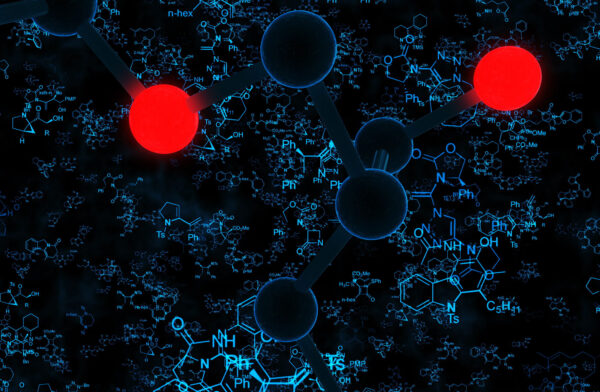
Fluorescence microscopy is a powerful tool used for many scientific and medical applications to gather data at the highest possible resolution. A vital part of successful fluorescence microscopy is careful selection and arrangement of optical filters. As illumination travels along the pre-defined light paths, it is necessary to subtract specific portions of the light spectrum. Only this way can valuable data be discerned from otherwise chaotic visual information. Here, we will review some of the particulars of light filters in fluorescence microscopy and some examples of when it is most critical.
Fluorescence microscopy relies on the interaction between specific molecules, called fluorophores, and light. When excited by light of a particular wavelength, these fluorophores emit light at a longer wavelength. The challenge is to selectively capture this emitted light while blocking everything else. This is where filters come into play.
Three categories of commonly used light filters are Short Pass (SP), Band Pass (BP), and Long Pass (LP) filters. SP filters allow shorter wavelengths to pass while blocking longer wavelengths. LP filters do the opposite. BP filters restrict passage to light above and below a certain wavelength range. In addition to these, dichroic mirrors or beam splitters reflect a certain wavelength range while allowing passage to another. Dichroic mirrors are positioned at an angle to separate excitation and emission light. These tools arranged in a series allow for spectral subtraction and division of a light beam.
The bandwidth of a filter is often described in terms of Full Width at Half Maximum (FWHM). This measurement signifies the width of the spectral curve at the point where it reaches half of its maximum intensity. In practical terms, this means that the filter is designed to allow only a specific subset of wavelengths within the working spectral range. For example, if a filter has a 30 nm FWHM centered around 550 nm, it permits light within the range of 535 nm to 565 nm to pass through with the highest efficiency.
Fluorescence Resonance Energy Transfer (FRET) is a great example of one method that would not be possible without highly precise spectral control with light filters. It is used to study interactions and distances between molecules, such as the changing positions of the subunits of a protein complex. FRET relies on narrowly defined overlap of wavelength ranges between the emission spectrum of a donor fluorochrome and the absorption spectrum of the nearby acceptor fluorochrome. Filters with narrow bandwidths are vital to capture the FRET signals of such small targets.
Fluorescence microscopy depends on a well-planned light filter arrangement. All unwanted light arriving at the detector contaminates data with noise. The success of fluorescence microscopy experiments relies on filtering out that noise in order to bolster true signal by contrast. The next time you marvel at a vibrant fluorescence microscopy image, remember that it was made possible by the precision of these often-overlooked optical components.
